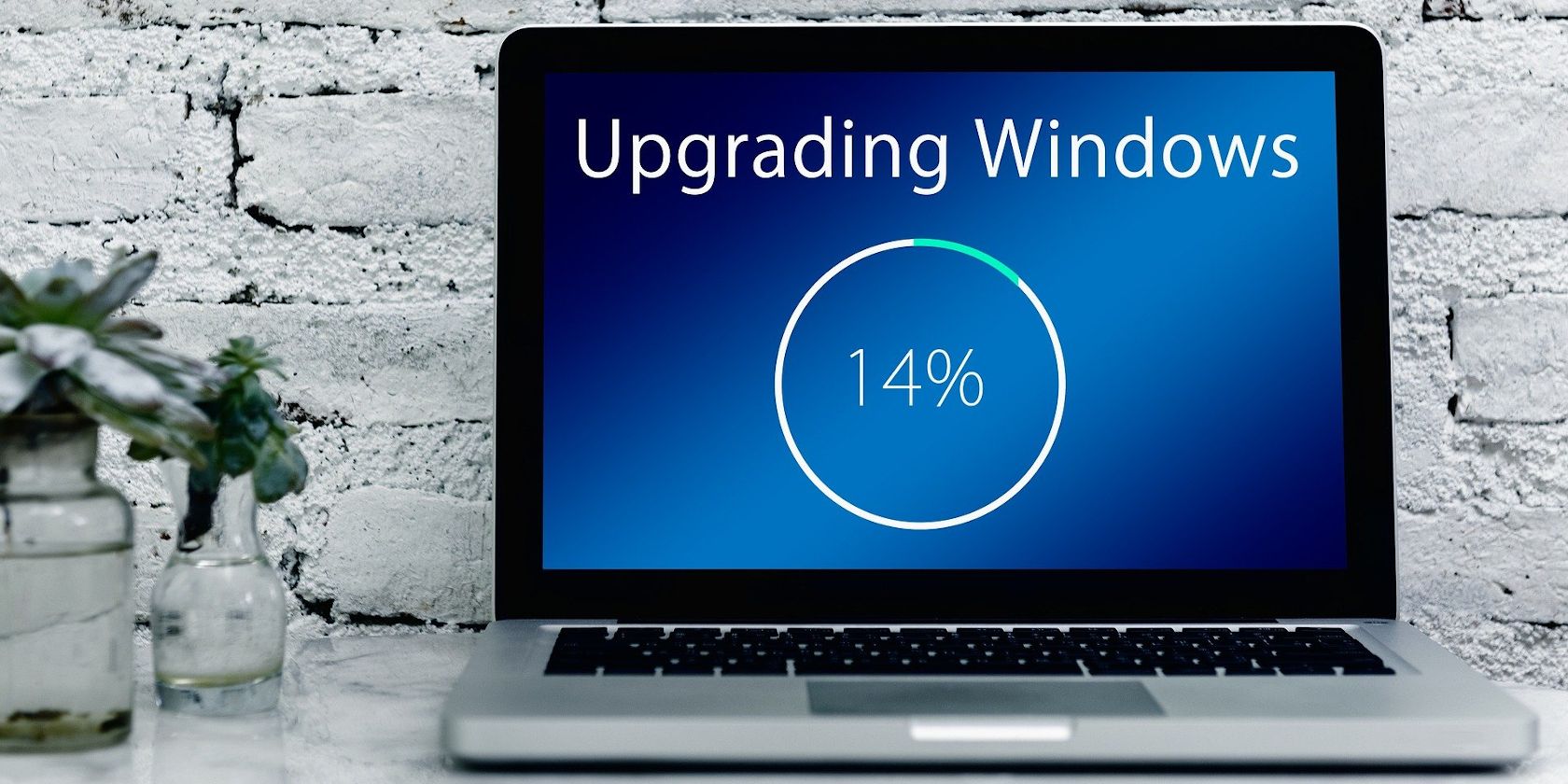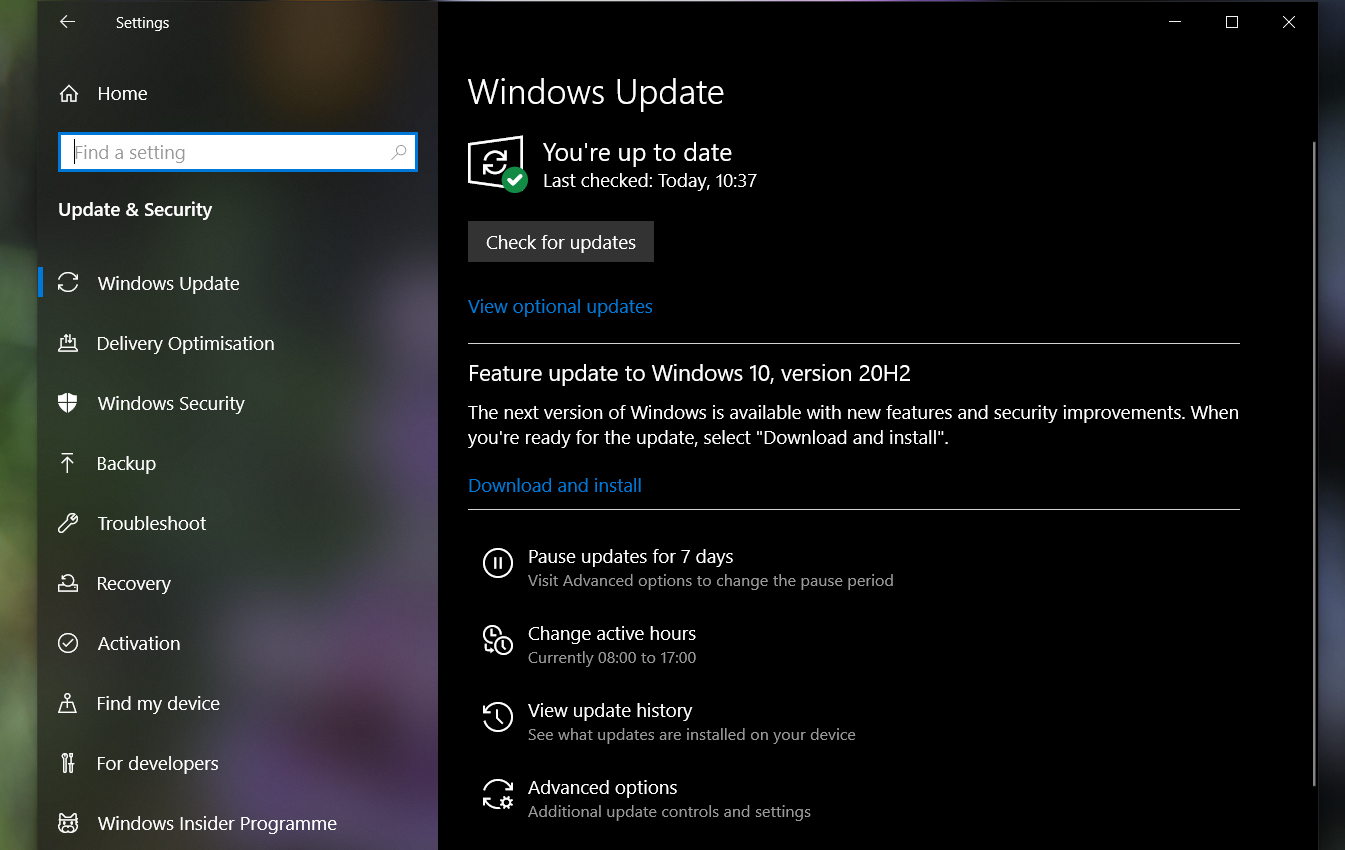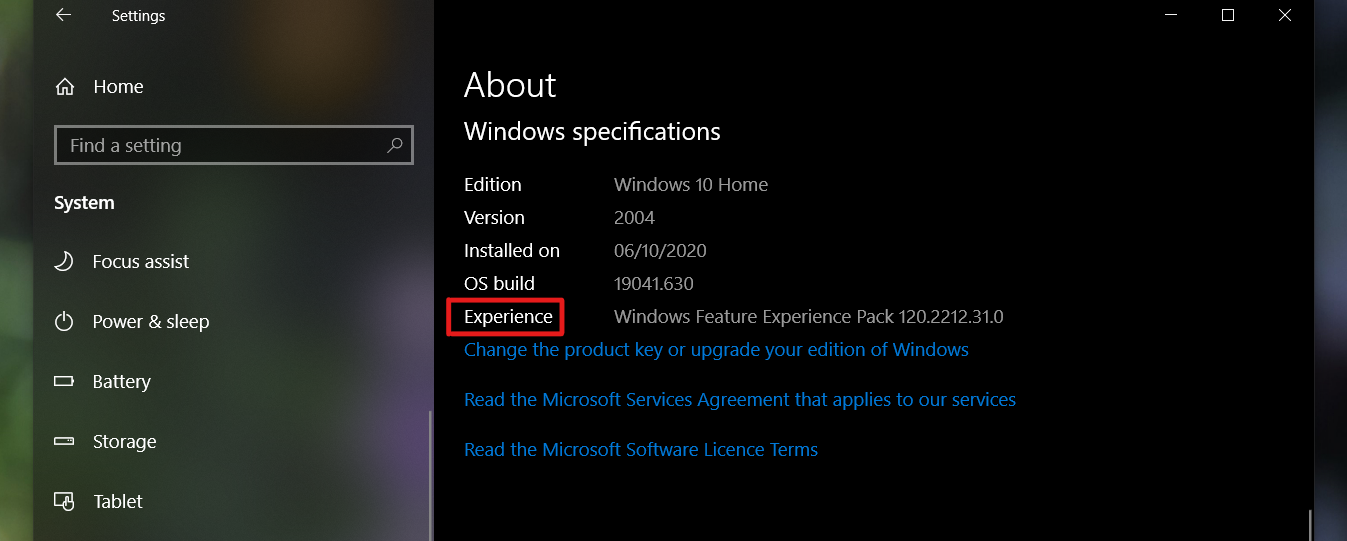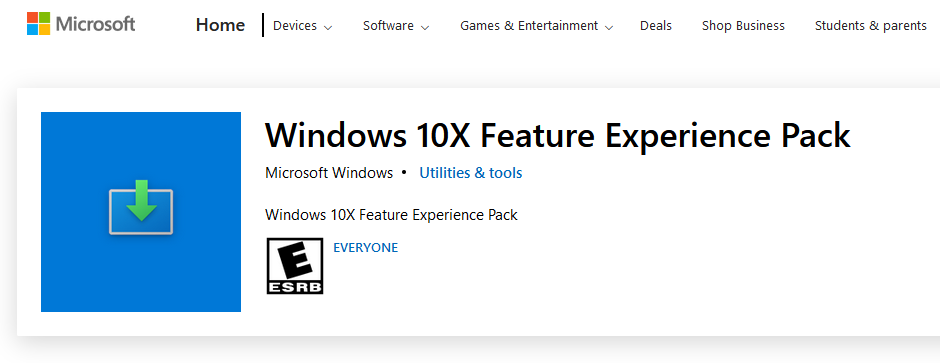Windows executives remain stubbornly tight-lipped about what Windows Feature Experience Packs are actually for. However, the release of the first update has come with a few answers. They’re not enough to crack the mystery wide open, but they do set a foundation for theories to stand on.
If you don’t like waiting around for official answers, you could explore the matter for yourself. Here is everything we know and suspect about Microsoft’s packs, including how to check if you’re eligible to get them and how the company’s overall plans are likely to affect user experiences.
What's in the First Windows Feature Experience Pack?
As Brandon LeBlanc explains on the Windows blog, the experience packs, Microsoft’s plan for improved upgrades, is still very much in its testing phase. That’s why the first pack is only available in beta form to Windows Insiders and contains two simple features:
- A built-in screenshot tool, by which you can snip and paste your selection into a folder.
- A split keyboard interface for 2-in-1 touch devices that stretches across the two screens when a device is in portrait mode.
What Is the Point of Windows Feature Experience Packs?
Another hint in LeBlanc’s statement reveals that the packs are a product of Microsoft exploring new and better ways to deliver updates. At first, eligible users will receive the packs outside of the monthly updates to Windows 10, but the company ultimately aims to include them in the normal process.
The how of it may be a mystery even to developers, which would explain all the secrecy. Something you can be sure of is that, if all goes well, updates to your Windows devices will happen faster and with less disruption.
How to Get Feature Experience Packs as a Windows User
As Microsoft starts testing its experience packs and you get to know them, there’s one requirement to keep in mind. You need Windows 10 and 20H2 19042.662 for the packs to work, though the requirements will change depending on Windows's current release version.
Checking where you stand on this matter is easy. On your PC, for example, go to Settings and then Update & Security. In the Windows Update tab, click Check for updates. If your operating system supports it, the pack will download and work its magic after rebooting the device.
To make sure your computer is compatible, simply go to Settings > System > About. Here, under Windows Specifications, you should be able to see Experience and the upgrade's name next to it.
Eventually, the official upgrade packs should be available through other methods.
Only a lucky few will get to see the new Windows features for now and the foreseeable future.
Extra Clues About Windows Feature Experience Packs
Up until now, the deafening silence on Microsoft’s end drove users wild with speculation. Even though the first pack’s release shed some light on the issue, any other hints we have are still a bit circumstantial. Nevertheless, it’s worth exploring them to start putting the pieces together.
The Packs are Features on Demand
One important clue is that Windows Feature Experience Packs are listed among Features on Demand for Windows 10 and Windows Server. This means that they’re an essential part of the operating system—or will be. Based on what we know so far, they’ll be responsible for updating it in some way or another.
The Microsoft Store Offers Packs for Windows 10X
Another interesting fact that came to light is that the Microsoft Store displays Windows Feature Experience Packs for all its operating systems, including Windows 10X. Despite the lack of helpful details, the nature of 10X could hold big answers in terms of how Microsoft’s experience packs are going to work.
If you want to understand what Windows 10X is, imagine the basic operating system as your device’s basic bottom layer and all applications as separate containers on top of it. Then, for example, developers can make changes to the apps without risking the whole system. Basically, Windows malfunctioning because of an update is less likely to happen.
An immediate point to consider is the connection between containers and packs. These little bundles of updates could fit very well in the structure of 10X.
Additionally, Microsoft does promise more efficient updates with Windows 10X and that the system will be compatible with all Windows devices, not just dual-screen ones.
The bottom line is that Microsoft could be working towards establishing Windows 10X as a standard operating system. If this is the case, the company might also be developing the Windows Feature Experience Packs to support operating system stability.
The Packs Align With Windows Core OS Plans
Microsoft wants to make life easier for users and developers alike. That’s why most of its strategy for the past few years has focused on making Windows Core OS a reality.
The upcoming system’s main purpose is for it to work on all devices and let programmers build components onto it easier, faster, and cheaper, especially when developing software for different devices.
How it relates to Windows Feature Experience Packs is minor, but it does confirm and expand on Microsoft’s goal for a super smooth operating system based on separate, adaptable elements as opposed to one solid system.
There’s a similar connection here as with Windows 10X. The experience packs could be part of Microsoft’s greater scheme for making its cross-platform capabilities a lot more effective. Ideally, the packs would make very precise updates and without getting in the way of your work.
Keep Unravelling the Windows Feature Experience Packs Mystery
As things stand, we know the experience packs exist to try and develop a better updating system for Windows users and developers. Beyond that, they might be a project with links to Microsoft’s greater plans for new and improved operating systems.
It shouldn’t take long for the next Windows Feature Experience Pack to hit the scene, along with more answers. Until then, feel free to dig around for more clues, but make sure your sources are reliable and don’t be shocked if Microsoft surprises us all.




